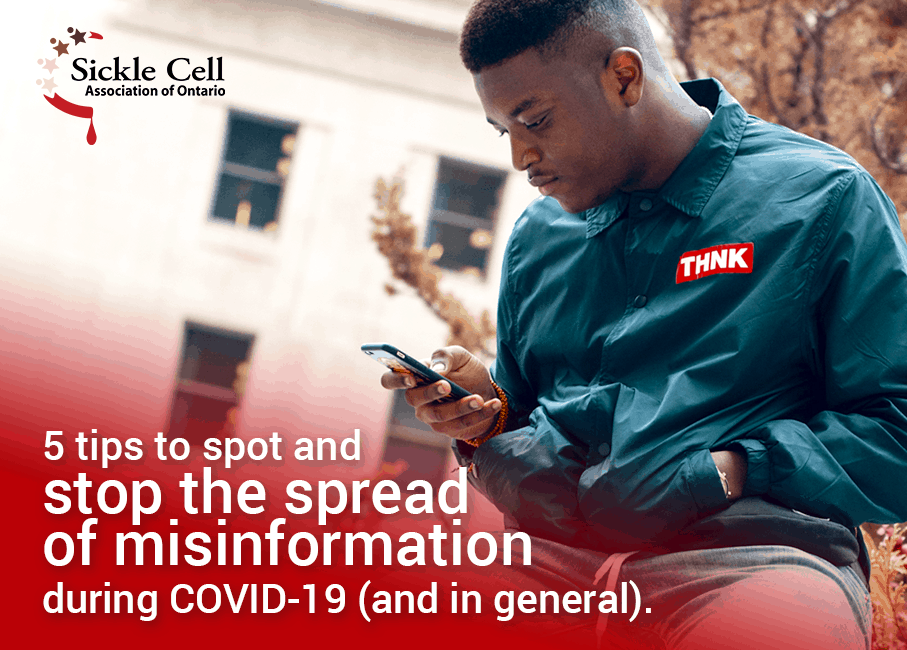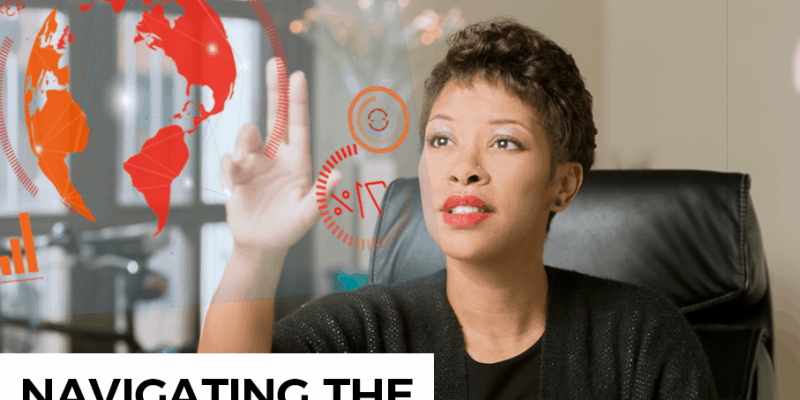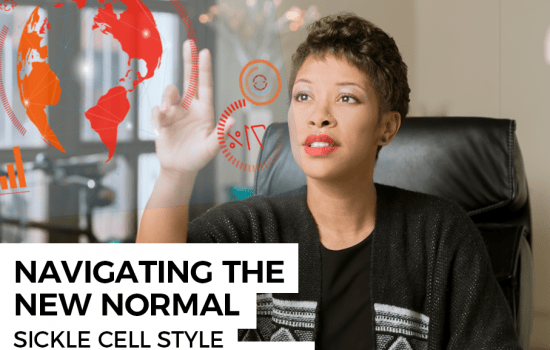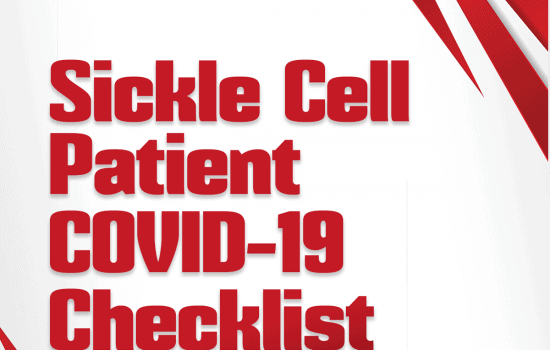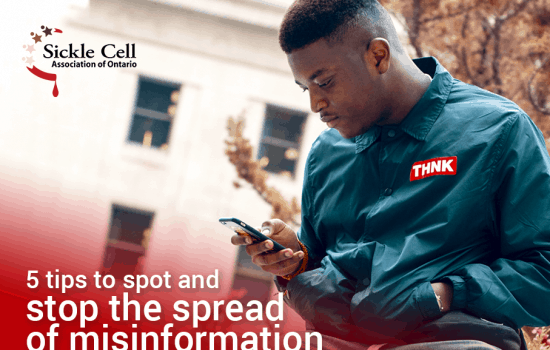During this time of COVID, people are hungry for information. They want to understand the virus but more importantly, they want to know that they are following the most up-to-date, validated recommendations so they either do not get the virus or spread it to others. Overall, people want to do the right thing.
With all the information circulating on social media, it is hard to tell truthful information from false information. What makes one video better than another? What make one article more truthful than another? Here are five ways to look at information to determine whether or not it is believable.
1. Be Critical
There is currently a great deal of misinformation circulating on the web about COVID-19. People are posting opinions, false facts and unfounded recommendations about COVID -19. Just because a person has an electronic device that can record a message and is able to upload this information to the web, does not make them an expert nor does it make the information that they post factual.
What should you do?
Be critical. Read the article and/or listen to the video completely without judgement. You cannot state that the information is correct or share it with others without first making sure that the facts are right.
2. Be Curious
After reading the article and/or listening to the video, you may have some questions that you want answered. Is there a concept that you did not understand? Was there a statement that you found shocking or unbelievable? Was there a word that you were unfamiliar with?
What do you do?
Be curious and take the time to answers your questions with solid information from reputable sources . For example, if you are trying to answer questions about science, look for the information from a science book or peer reviewed science journal. If there is a word that you do not understand, use an online dictionary or go old school and use a dictionary. The most important thing is not to skip this step. It is also vital that you do not seek information from unreliable sources to which misinformation will be accessed or from someone who has nothing to do with the field.
3. Go Back To The Source
With most good articles and or videos, there is a place at the end or the paper or the video called a Bibliography and/or References This is the place to which the writer(s) or videographer(s) will reference where they attained their information from. This is done to validate the information that is being provided to the public as it allows anyone to cross check the information. In other words, the writer(s) or videographer(s) believe the information is correct and they do not mind that you do your own research using the information that they used to make the article or video.
Also, checking if the source is credible is important. In the case of COVID-19, did the information come from credible websites such as the World Health Organization, or your local governmental Public Health Website? Was the source that was referenced a medical study or clinical trial? Did the source come from a medical book or journal?
What do you do?
Go back to the source, access this information, and cross check. Also examine the quality of the sources. If you do not see any sources listed, then be critical and view the information as an opinion and not as fact.
4. Does It Make Sense?
After following the steps above, you will realize that some information that you have discovered does not match the information that shown in the article and/or video. This is especially true if the information in the article and/or video is based on misinformation.
What should you do?
You should be asking yourself, does this all makes sense? Does the information that you found when researching on the topic match to what was written or viewed on the video? How is it the same? How is it different? Do you believe it?
5. Make An Informed Decision
Last step, make a choice. This is where you make the decision on whether or not to believe what is said in the article and/or video. It all depends on what the article and/or video is claiming and the information that you found to either support or disprove it. You can believe parts of it, all of it or none of it. This is your choice; this is your decision.
We All Have A Responsibility
In this age of social media where is it is easy to access information on the web, it is important to be responsible regarding what we share online with each other. Most of us want to protect our loved ones during this time, by providing them with up to date information about COVID-19. Although it may be tempting to share these postings we receive via social media to family, friends and other people we know, it would be better to take a moment to determine if the information is real or not. Remember, sending misinformation to others can be harmful. By stopping to take a moment to do these five steps, we have the ability to kill the misinformation and keep the correct information alive. Let’s all do the right thing and protect our loves ones by arming them with the right information.
References
A Research Guide. (2010-2019). Learning How to Analyze an Article. https://www.aresearchguide.com/learning-analyze-article.html
Gamtso, C., & Paterson, S. (2012). Guiding Students from Consuming Information to Creating Knowledge: A Freshman English Library Instruction Collaboration. Comminfolit, 5(2), 117. https://pdxscholar.library.pdx.edu/comminfolit/vol5/iss2/5/
Monash University, (2020). Research and Writing for Assignments: Analysis. https://www.monash.edu/rlo/research-writing-assignments/critical-thinking/analysing
Wikihow. (2014, April, 11) How To Write a Critical Analysis. https://www.wikihow.com/Analyze-an-Article
Photo Credit:Credit: Photo by Timi David on Unsplash

